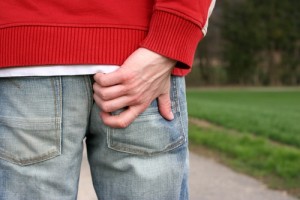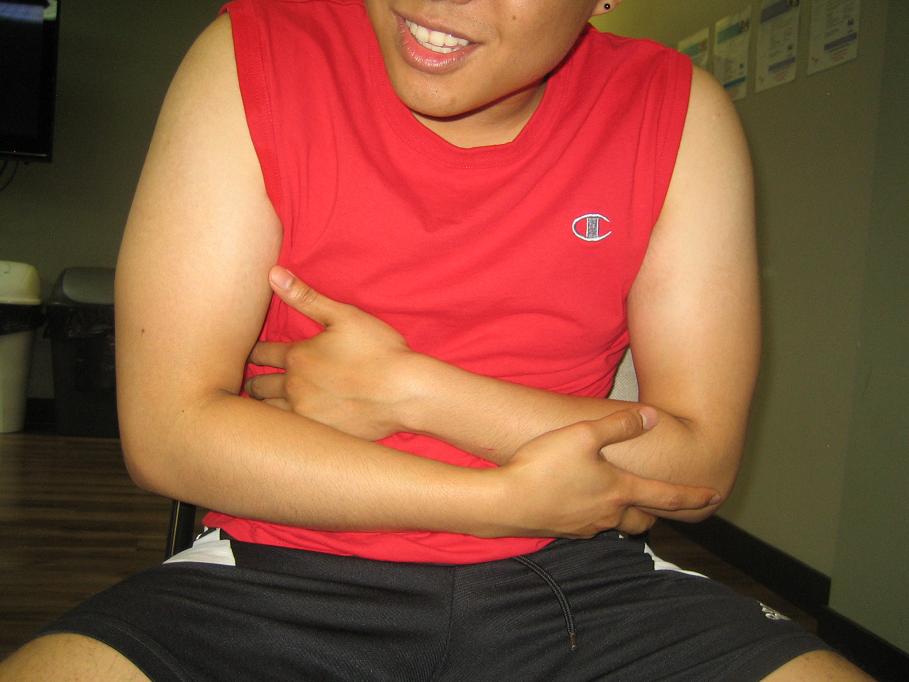Endometriosis is the abnormal growth of endometrial tissue on the outside of the uterus. Endometrial tissue is shed every month during the monthly period.
[youtube url=”https://www.youtube.com/watch?v=8viFSWE_t9Q”]Endometriosis occurs when the endometrium grows on the bowel, ovaries and the tissues that line the pelvis.
The hormonal change of the menstrual cycle affects the endometrial tissue that will result to severe pain and inflammation. The tissue will grow, becomes thick and eventually break down. The tissue that has broken down becomes trapped in the pelvis and cause severe pain, scar formation, problems with fertility and adhesion.
Causes of endometriosis

- Heavy bleeding or an abnormal structure of the cervix, uterus or vagina which result to excessive endometrial cells that goes through the Fallopian tubes and to the belly which is called the retrograde menstruation.
- Cells in the belly and pelvis changes into endometrial cells.
- Blood or lymph fluid carry endometrial cells to other parts of the body or moved during surgery such as episiotomy or a cesarean delivery.
- Passed down through families
Symptoms
- Severe menstrual cramps
- Pelvic pain
- Rectal pain
- Pain during bowel movements
- Low back pain for 1-2 days before the start of the menstrual period
- Infertility
- Abnormal bleeding such as presence of blood in the urine or stool; vaginal bleeding before menstruation
- Conditions that cause symptoms similar to endometriosis includes adenomyosis, painful periods and uterine fibroids
Treatment
- Apply heat on the lower belly. Heat can be in the form of a heating pad or a hot water bottle. Heat increases the flow of blood in the area and lessen pelvic pain. Another alternative is taking a warm bath to lessen cramping of the lower abdomen.
- Take a sitz bath. Prepare two tubs, one filled with hot water and the other using cold water. Immerse in the hot water as hot that can be tolerated for at least 3 minutes and then transfer in the cold for 1 minute. Repeat this process at least 3 times several times every other day. Avoid making the water too hot to prevent burning the skin.
- Take the prescribed non-steroidal anti-inflammatory medication such as ibuprofen, aspirin and naproxen to lessen the pain and the cramping.
- Rest by lying down and placing a pillow under the knees. Lie on the side, and bring the knees up to the chest to lessen pressure in the back.
- Drink plenty of water at least 4 cups or more of water every day.
- Perform exercises regularly at least 30 minutes of aerobic activities such as running, swimming, climbing stairs or playing a sport for proper flow of blood in the area and lessen the pain caused by endometriosis.
FACT CHECK
https://www.nhs.uk/conditions/endometriosis/
https://www.webmd.com/women/endometriosis/ss/slideshow-endometriosis-overview
https://www.mayoclinic.org/diseases-conditions/endometriosis/symptoms-causes/syc-20354656

